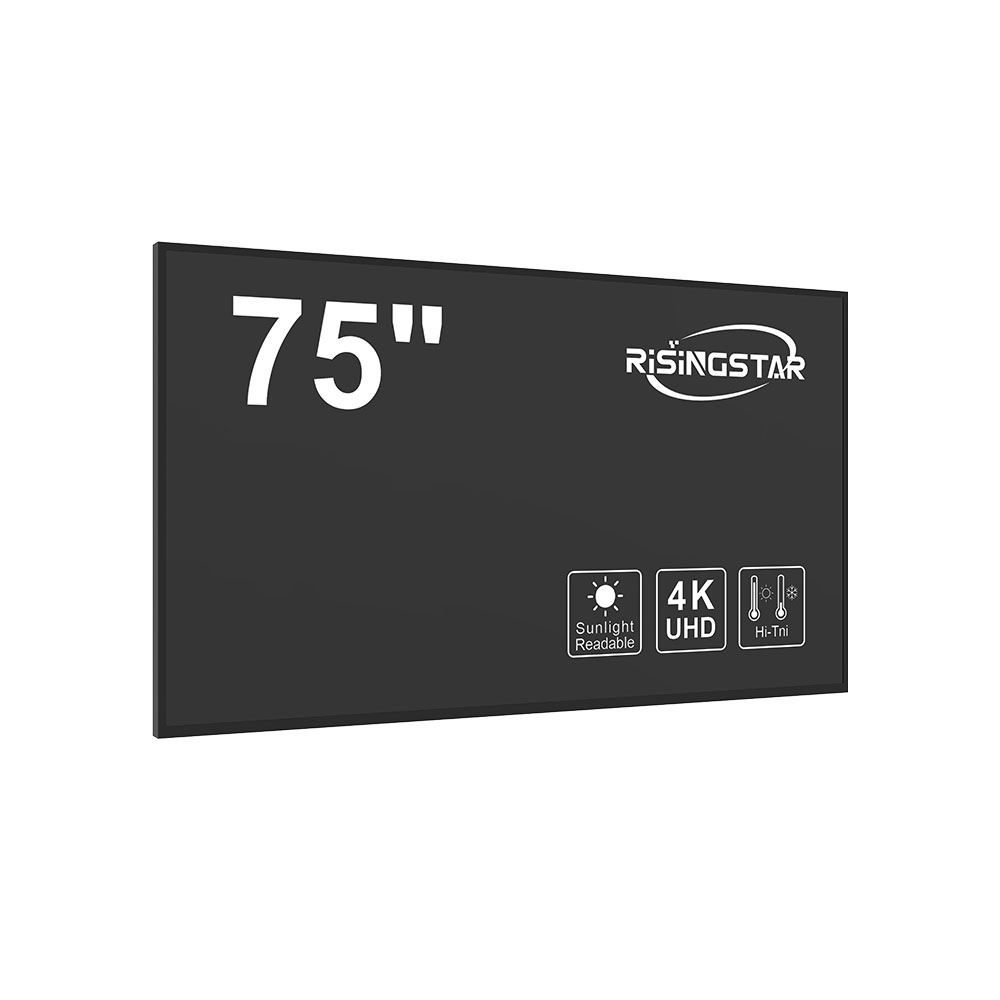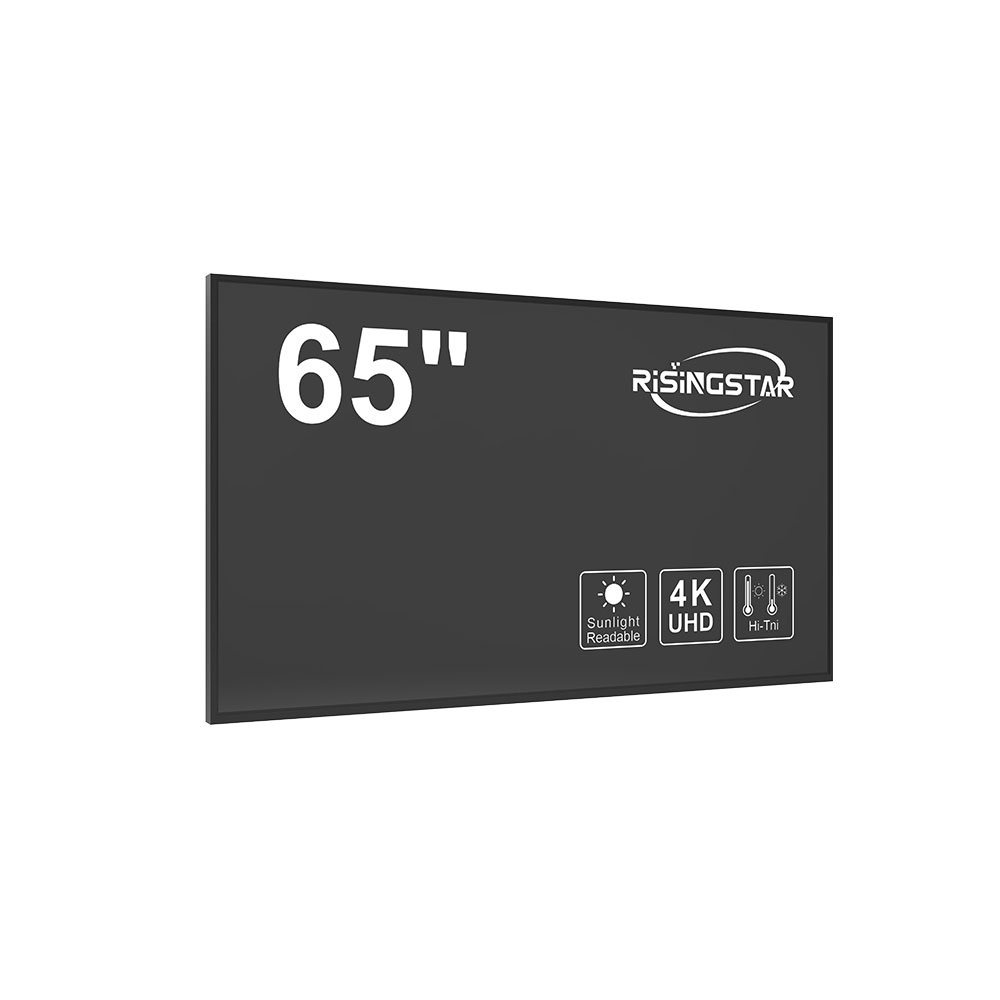- Home
- About Us
- Products
- News
- Video
- Contact
- Send Inquiry
Search
- Home
- About Us
- Products
- News
- Video
- Contact
- Send Inquiry

Outdoor LCD displays are increasingly critical in modern infrastructure—from digital signage in public spaces to industrial monitoring systems in harsh environments. One of the most essential specifications for these screens is their protection against environmental factors, particularly water ingress. The IP66 waterproof rating stands out as a benchmark for durability and reliability in outdoor applications.
The IP (Ingress Protection) rating system, defined by IEC 60529, classifies the degree of protection provided by enclosures against solid objects (like dust) and liquids (like water). The first digit represents protection against solids—here, “6” means complete protection from dust. The second digit indicates liquid resistance; “6” signifies protection against powerful water jets from any direction. This makes IP66 ideal for installations exposed to rain, snow, or even high-pressure cleaning.
For outdoor LCD manufacturers, achieving an IP66 rating involves rigorous design considerations. Sealed enclosures with gasketed joints, weather-resistant coatings, and robust aluminum frames prevent moisture from reaching internal components. Additionally, advanced sealing techniques such as silicone gaskets and screw-lock mechanisms ensure long-term integrity under extreme conditions. According to industry data from the Society for Information Display (SID), over 78% of outdoor digital signage deployed in North America now meets at least IP66 standards due to increasing demands for all-weather performance.

Case studies from cities like London and Singapore confirm the effectiveness of IP66-rated displays in real-world settings. In Singapore’s tropical climate, where humidity and rainfall are constant, IP66 screens maintained 99.4% operational uptime over 12 months without water-related failures. Similarly, in London’s busy transport hubs, IP66 displays remained functional despite frequent exposure to wind-driven rain and seasonal temperature swings. These results highlight that IP66 isn’t just a label—it’s a proven engineering standard that ensures consistent visibility, safety, and reduced maintenance costs.
When selecting outdoor LCDs, always verify the manufacturer’s compliance with IP66 testing protocols, such as those conducted under IEC 60529 Clause 10.3 (spray test). Avoid vague claims—reputable suppliers provide third-party test reports or certification from accredited labs like UL or TÜV. A true IP66 rating guarantees not only water resistance but also long-term stability in demanding outdoor environments.
